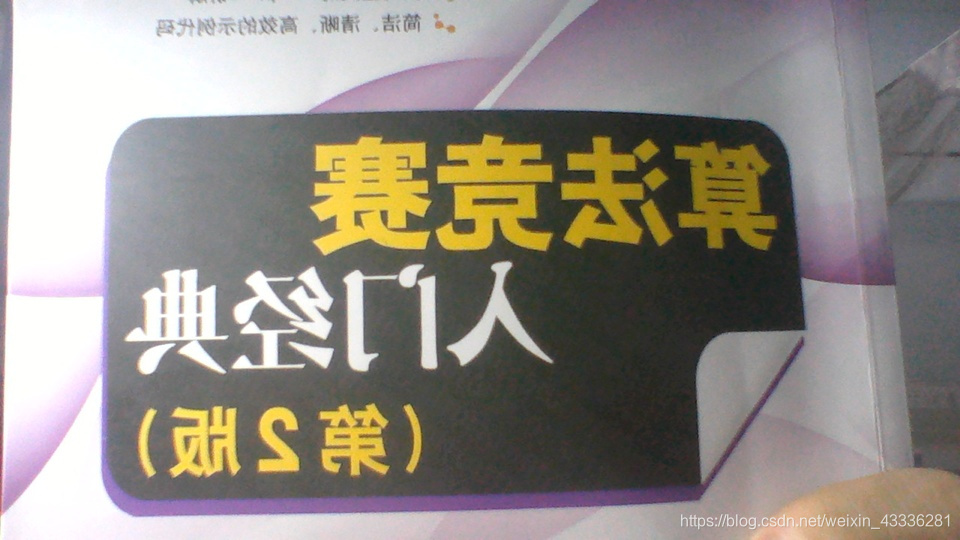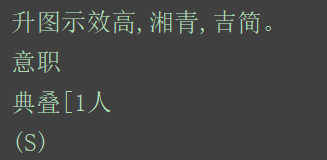AI 质检学习报告——实践篇——第一步:python利用OpenCV打开摄像头并截图
AI 质检学习报告——实践篇——第二步:实现图片识字
前边两篇实践已经分别实现了利用OpenCV打开摄像头并截图和图片识字,第三步比较简单(至少在我做完之前是这样想的),就是把前两步结合起来:python利用OpenCV打开摄像头截图后实现图片识字。
代码分析
from aip import AipOcr
import cv2 as cv
APP_ID='xxxxxxxx'
API_Key='xxxxxxxxxxxxxxxxxxxxxxxx'
Secret_Key='xxxxxxxxxxxxxxxxxxxxxxxxxxxxxxxx'
client=AipOcr(APP_ID,API_Key,Secret_Key)
def opencv_image():
capture = cv.VideoCapture(0)
width, height = capture.get(3), capture.get(4)
capture.set(cv.CAP_PROP_FRAME_WIDTH, width * 1.5)
capture.set(cv.CAP_PROP_FRAME_HEIGHT, height * 1.5)
index=0
while True:
ret, frame = capture.read(0)
frame = cv.flip(frame, 1)
cv.imshow("video", frame)
if cv.waitKey(1)== ord('s'):
cv.imwrite("./image/"+str(index)+".jpg", frame)
i=open(r"F:/大学/寒暑假活动/大一上寒假/科大暑假实践项目/AI质检/image/"+str(index)+".jpg","rb")
img=i.read()
message = client.basicGeneral(img)
for i in message.get('words_result'):
print(i.get('words'))
index+=1
if cv.waitKey(1)== 27:
cv.destroyAllWindows()
break
if __name__=="__main__":
opencv_image()
出现了一个让人很无语的问题:
笔记本摄像头是镜像照,这就不好识别了。
(岂止是不好识别,完全是不能识别)

不过也有解决方案:
size = img.shape
iLR = copy.deepcopy(img)
h = size[0]
w = size[1]
for i in range(h):
for j in range(w):
iLR[i,w-1-j]=img[i,j]
这段代码实现了将图片镜像处理,这样两次镜像之后就又变回来了。